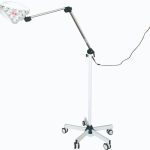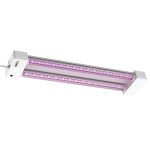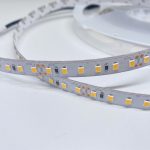Tired from Work? Find Out Which LED Light Color is Making You Fatigued
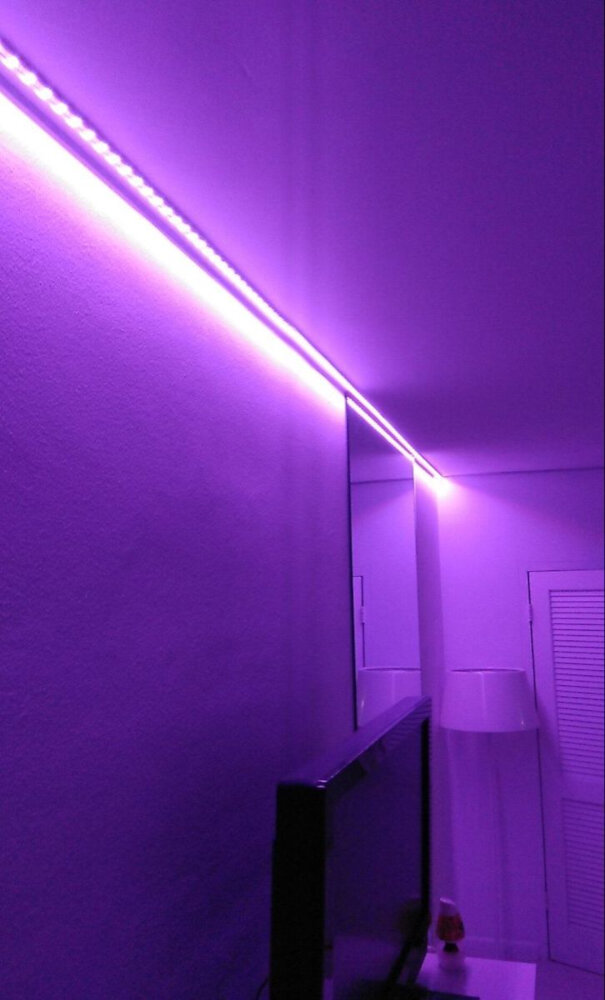
In today’s fast-paced world, it’s common for us to feel tired or fatigued after a long day of work. While there are several factors that contribute to this feeling, one of the most overlooked is the color of the lighting in our work environment. The type of LED light color we expose ourselves to can have a significant impact on our energy levels, mood, and overall well-being. Research has shown that certain LED light colors can make us feel more fatigued than others. For instance, blue light has been found to suppress the production of melatonin, a hormone that regulates our sleep-wake cycle. This means that exposure to blue light, especially in the evening, can disrupt our circadian rhythm and make it harder for us to fall asleep at night. On the other hand, warmer LED light colors like yellow or orange are more soothing and can help us feel more relaxed and calm. By understanding the impact of LED light colors on our energy levels, we can make informed choices about the lighting in our work environment and improve our overall health and well-being.
Quality sleep is crucial for our overall health and well-being. It helps us to feel rested, refreshed, and alert, and it is essential for our physical and mental health. The light we are exposed to can have a significant impact on the quality of our sleep. Exposure to blue light, which is emitted by electronic devices and LED lights, can disrupt our circadian rhythms and suppress the production of melatonin, a hormone that helps us to fall asleep. This can result in poor sleep quality, fatigue, and other health problems. On the other hand, exposure to red light, which has a longer wavelength, can help to promote relaxation and improve the quality of our sleep. Therefore, it is important to be mindful of the light we are exposed to, especially in the hours leading up to bedtime, to ensure that we get the restful and restorative sleep that we need to thrive.
What are LED Lights?
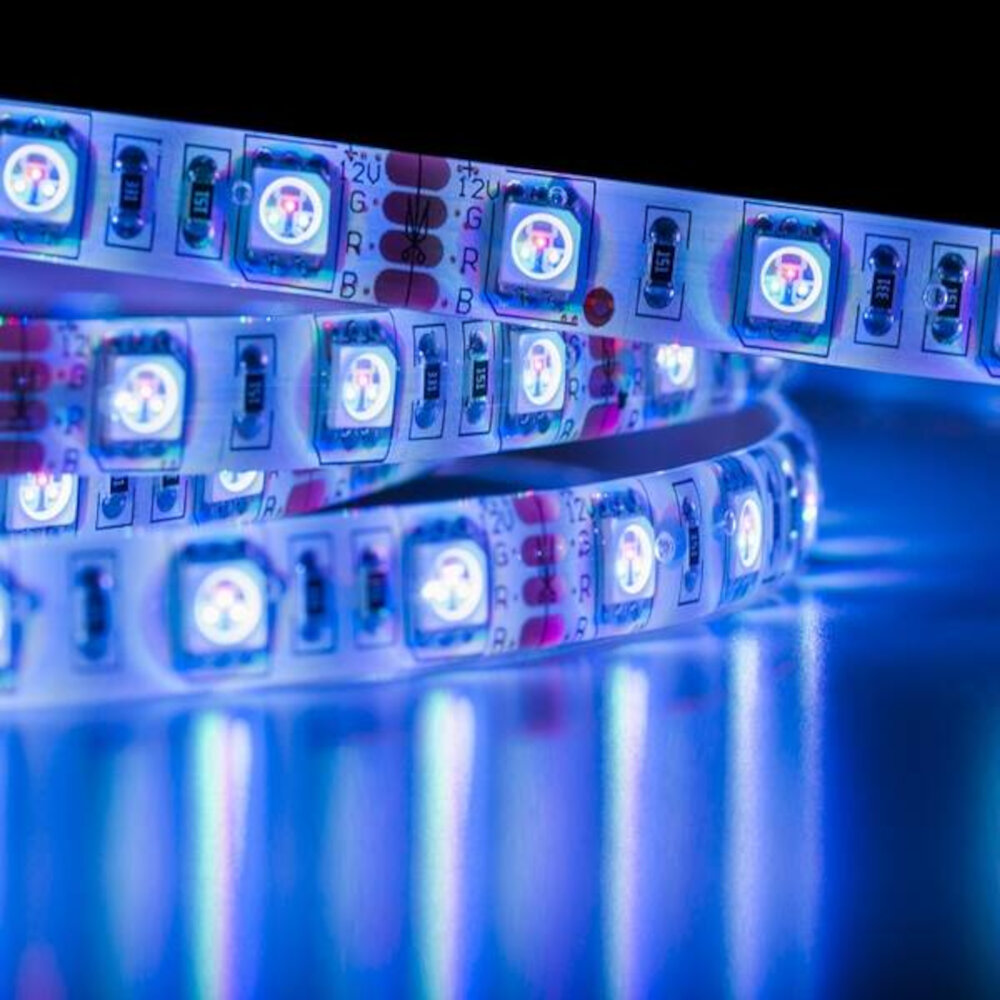
LED lights, also known as Light Emitting Diodes, are a type of energy-efficient lighting technology that has become increasingly popular in recent years. They are made up of tiny semiconductors that convert electricity into light, making them incredibly efficient and long-lasting. Unlike traditional incandescent bulbs, which use a filament to produce light, LED lights do not generate heat as a byproduct, which means that they consume less energy and last much longer. LED lights come in a variety of colors and brightness levels, making them a versatile lighting option for a range of different settings. They are commonly used in homes, offices, and public spaces, and can be found in a variety of different fixtures, including lamps, light strips, and ceiling lights. LED lights are also favored by many for their ability to emit a brighter and more natural light than traditional bulbs, making them ideal for tasks that require good visibility, such as reading or working on a computer. However, recent studies have shown that certain LED light colors can have a negative impact on our health, including causing fatigue and disrupting our sleep patterns.
LED lights, or Light Emitting Diodes, are a modern and energy-efficient lighting option that have numerous benefits over traditional lighting sources. Unlike incandescent bulbs, LEDs do not generate heat, making them safe to touch and reducing the risk of fire. Additionally, LED lights use significantly less energy than traditional bulbs, resulting in lower electricity bills and a reduced carbon footprint. LED lights are also long-lasting, with a lifespan of up to 25,000 hours, reducing the need for frequent replacements. In terms of their impact on human health, research has shown that the color temperature of LED lights can affect our circadian rhythms and impact our sleep patterns. By choosing the right color temperature, we can create a more comfortable and productive environment that promotes alertness during the day and restful sleep at night.
There are several types of LED lights available in the market that offer different color temperatures, brightness levels, and energy efficiency. Some of the most common types include warm white LEDs, which emit a yellowish light that resembles the glow of traditional incandescent bulbs, and cool white LEDs, which produce a bluish-white light that is sharper and more refreshing. Additionally, there are also daylight LEDs that offer a natural light color that is similar to sunlight, making it ideal for working or reading. Other LED lights, such as red and blue LEDs, are often used in horticulture and medical applications due to their special wavelengths that promote plant growth or aid in certain therapies. It’s important to choose the right type of LED light based on your needs and preferences to ensure optimal performance and comfort.
How LED Lights Affect Your Sleep
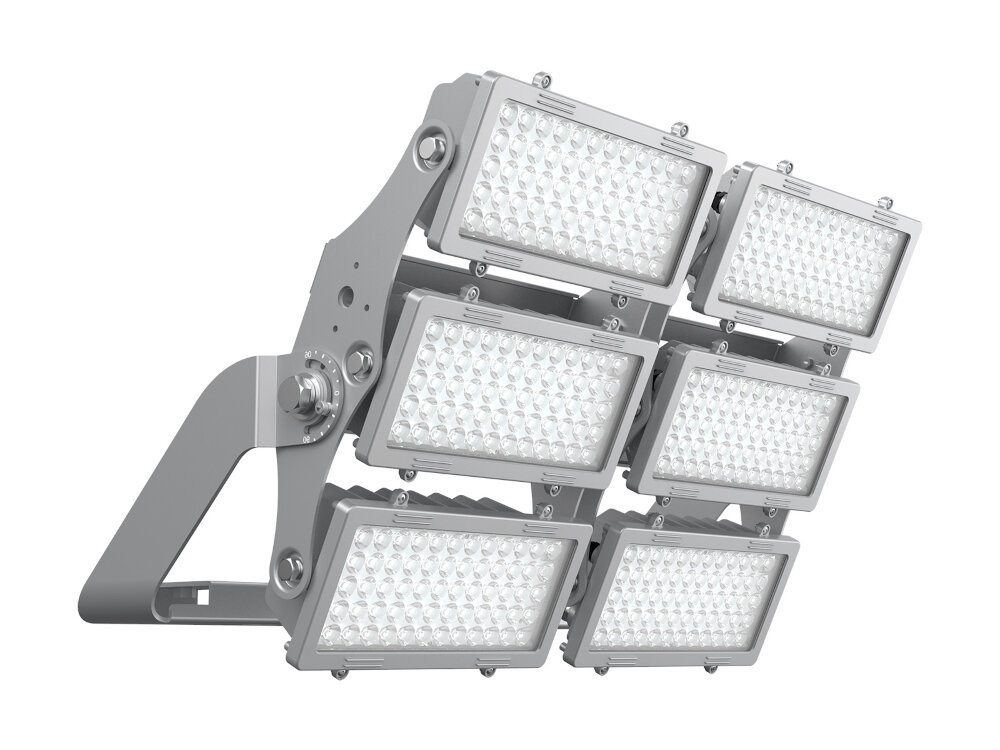
LED lights have become increasingly popular in recent years due to their energy efficiency and long lifespan. However, studies have shown that the blue light emitted by LED lights can have negative effects on sleep patterns. Blue light, which is also emitted by electronic devices such as smartphones and laptops, suppresses the production of melatonin, a hormone that is responsible for regulating sleep-wake cycles. This can lead to difficulties falling asleep and staying asleep, as well as reduced overall sleep quality. Additionally, exposure to blue light in the evening can disrupt the body’s natural circadian rhythm, making it harder to feel rested and alert during the day. To combat the negative effects of blue light on sleep, it is recommended to limit exposure to LED lights and electronic devices in the evening. Using warmer, red-tinted lights in the bedroom can also help promote relaxation and improve sleep quality. Additionally, turning off electronic devices at least an hour before bed can give the body a chance to wind down and produce melatonin naturally. By being mindful of the impact of LED lights on sleep, individuals can take steps to improve their overall wellbeing and feel more rested and energized throughout the day.
Blue light has a significant impact on sleep quality as it disrupts the body’s natural circadian rhythm. The blue light emitted by electronic devices such as smartphones, computers, and televisions, suppresses the production of melatonin, a hormone that regulates sleep. Exposure to blue light in the evening can trick the brain into thinking that it is daytime, making it difficult to fall asleep and stay asleep. Furthermore, prolonged exposure to blue light in the evening can lead to chronic sleep deprivation, which has been linked to several health issues, including obesity, diabetes, and cardiovascular disease. Therefore, it is essential to limit exposure to blue light before bedtime to promote healthy sleep patterns and maintain overall well-being.
Recent research has indicated that exposure to blue light, particularly from electronic devices, can disrupt sleep patterns and cause fatigue. This type of light is known to suppress the production of melatonin, a hormone that helps regulate the sleep-wake cycle. As a result, individuals who use electronic devices before bed or overnight may experience difficulty falling asleep and feel tired during the day. In addition, prolonged exposure to blue light has been linked to eye strain and headaches, further contributing to feelings of exhaustion. To combat these negative effects, experts recommend limiting blue light exposure in the evening, using devices with nighttime modes, and taking breaks to rest the eyes during extended screen time.
Which LED Light Colors to Avoid
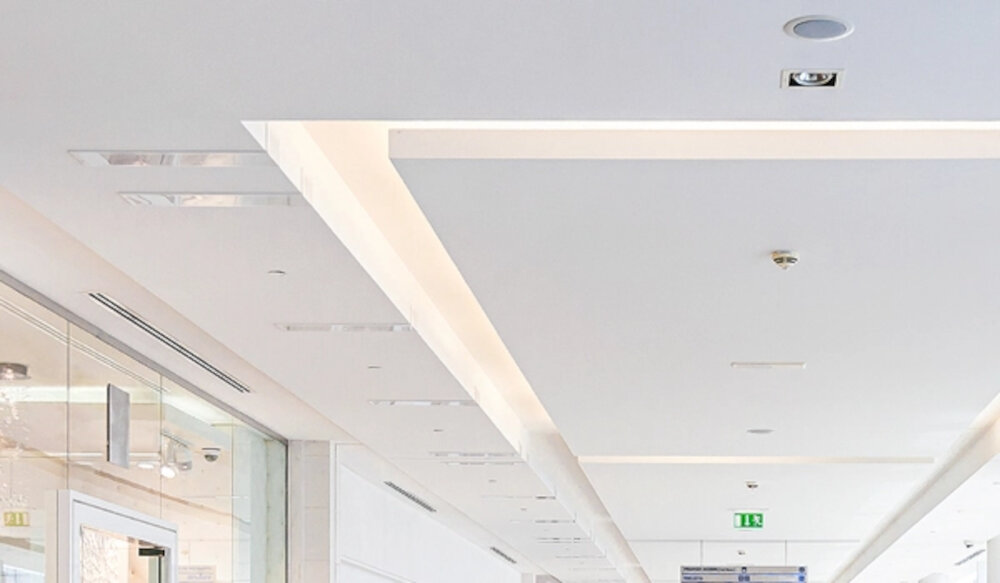
When it comes to choosing the right LED light color for your workspace, it’s important to keep in mind that not all colors are created equal. Some colors can actually make you feel more fatigued and less productive, which is the last thing you want when you’re trying to get work done. One color to avoid is blue. Blue light has been shown to disrupt your body’s natural rhythms and can make it harder for you to fall asleep at night. This can lead to feeling groggy and tired the next day, which can negatively impact your work performance. While blue light can be great for waking you up in the morning, it’s best to avoid it later in the day when you’re trying to wind down. Another LED light color to avoid is yellow. While yellow may seem like a warm and inviting color, it can actually cause eye strain and fatigue when used in excess. This is because yellow light has a low color temperature and can make it harder for your eyes to focus. If you’re staring at a yellow screen or working in a room with yellow lighting for extended periods of time, you may find yourself feeling more tired and less productive than usual. Instead, try opting for a cooler light color like white or daylight, which can help keep you alert and focused throughout the day.
Research has shown that certain colors of LED lights can have a negative impact on our sleep quality. Blue light, in particular, has been found to suppress the production of melatonin, a hormone that regulates our sleep-wake cycle. This can lead to difficulty falling asleep and staying asleep, as well as poor sleep quality overall. In addition to blue light, green and white LED lights can also disrupt our natural sleep patterns. Therefore, it is recommended to avoid these colors of LED lights, especially in the evening hours, to promote optimal sleep and overall health. Instead, opt for warmer, dimmer colors like yellow, orange, and red, which have been found to have a more calming and sleep-promoting effect.
The body’s natural circadian rhythm is a complex system that regulates various physiological and behavioral processes, including sleep-wake cycles, hormone secretion, and metabolism. Research has shown that exposure to different light colors can significantly affect this system, with blue light being the most disruptive. Blue light has been found to suppress the production of melatonin, a hormone that promotes sleep, and increase alertness and cognitive performance, making it ideal for daytime use. However, prolonged exposure to blue light, especially in the evening, can disrupt the circadian rhythm, leading to sleep disturbances, fatigue, and other health problems. On the other hand, warm light, such as yellow and red, has been found to enhance melatonin production and promote relaxation, making it more suitable for nighttime use. Therefore, it is essential to choose the right LED light color depending on the time of day and the desired effect on the body’s natural rhythm.
Alternatives to Blue LED Lights
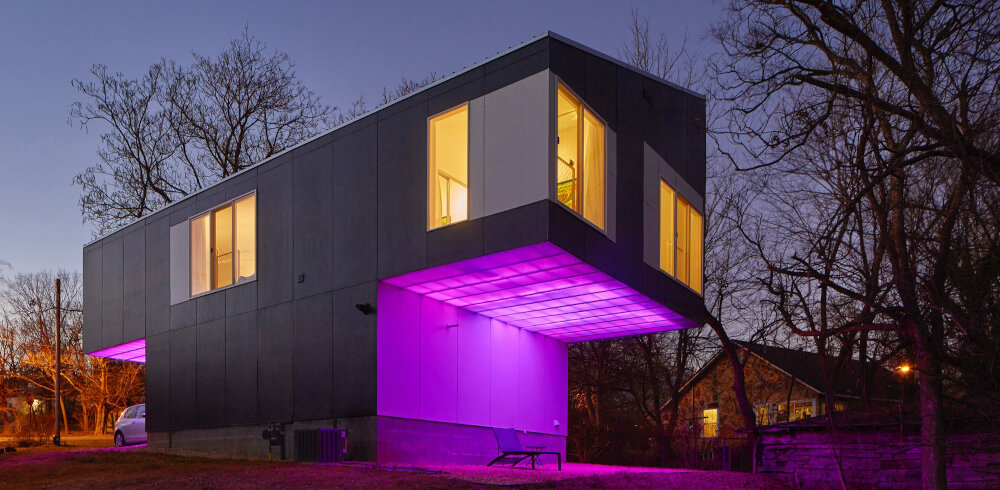
If you’re tired of using blue LED lights and want to switch things up, there are plenty of alternatives to consider. One option is to use warm white LED lights, which emit a soft and relaxing glow that’s perfect for winding down at the end of the day. These lights are often used in living spaces, bedrooms, and other areas where you want to create a cozy and comfortable atmosphere. Warm white LED lights are also great for reducing eyestrain and promoting relaxation, making them an excellent choice for anyone who spends long hours working on a computer or reading. Another alternative to blue LED lights is red light therapy. This innovative treatment uses red LED lights to help improve skin health, reduce inflammation, and promote relaxation. Red light therapy is often used in spas, salons, and other wellness centers, and it’s also available in portable devices that you can use at home. Whether you’re looking to improve your complexion, reduce muscle soreness, or simply unwind after a long day, red light therapy is an excellent option to consider. Overall, there are plenty of alternatives to blue LED lights that can help you create a relaxing and comfortable environment in your home or workspace.
When it comes to LED light colors, blue light is widely known to interfere with our sleep patterns, leading to fatigue and other health issues. However, there are alternative colors that can actually promote better sleep. One such color is red, which has been found to increase the production of melatonin, a hormone that regulates our sleep-wake cycle. Another sleep-friendly color is amber, which has a calming effect on the brain and helps to reduce stress and anxiety levels. Additionally, green light has also been shown to enhance sleep quality, as it promotes a sense of relaxation and tranquility. By choosing the right LED light color, you can create a more sleep-friendly environment in your home and improve your overall health and well-being.
Amber and red LED lights can improve sleep quality by promoting the production of melatonin, a hormone that regulates sleep-wake cycles. Unlike blue and green lights, which can suppress melatonin production and disrupt the body’s natural sleep rhythm, amber and red lights have a longer wavelength that does not interfere with melatonin levels. Additionally, these warm-hued lights have a relaxing effect on the mind and body, helping to reduce the amount of time it takes to fall asleep and improve the overall quality of sleep. By incorporating amber and red LED lights into your evening routine, you can create a soothing and restful environment that supports healthy sleep patterns.
Getting quality sleep is essential for maintaining good health and well-being. It not only helps us feel refreshed and energized during the day but also improves our cognitive function, mood, and immune system. However, the quality of our sleep is heavily influenced by the amount and type of light we are exposed to. Exposure to blue light, which is emitted by electronic devices such as smartphones and laptops, can suppress the production of melatonin, the hormone responsible for regulating our sleep-wake cycle. This can lead to difficulty falling asleep, disrupted sleep patterns, and ultimately, fatigue. On the other hand, exposure to warmer, amber-toned light can help promote relaxation and improve sleep quality. Therefore, it is important to be mindful of the type of light we are exposing ourselves to, especially before bedtime, in order to ensure we are getting the best possible sleep.
Choosing the right LED light color can significantly impact our quality of sleep and reduce fatigue levels. Blue light, commonly found in electronic devices, has been shown to suppress melatonin production, making it difficult to fall asleep. Instead, warm-toned LED lights, such as amber or red, are ideal for promoting relaxation and inducing sleepiness. Additionally, green LED lights have been found to improve sleep quality and reduce fatigue levels, making them a great option for those who struggle with feeling rested in the morning. By selecting the appropriate LED light color, we can foster a restful and rejuvenating environment that promotes optimal sleep and reduces daytime fatigue.
Conclusion
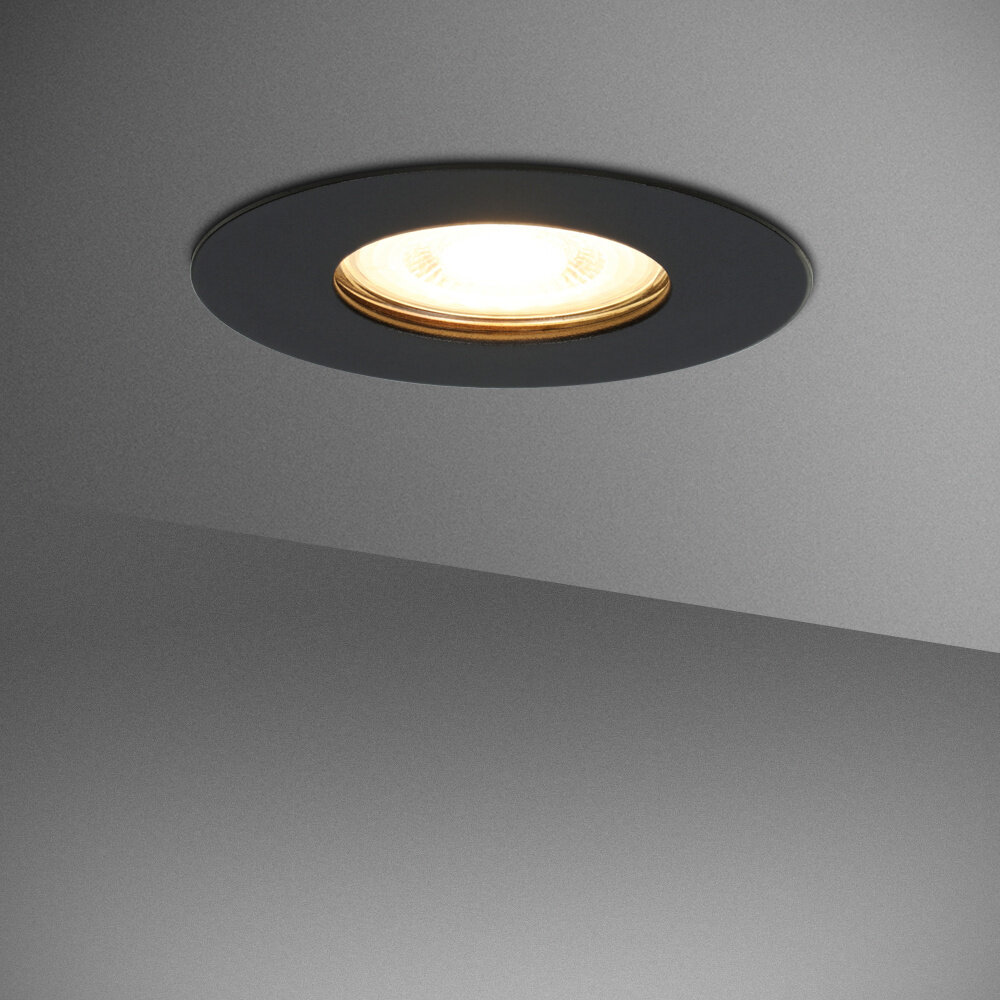
In conclusion, the color of LED lights we are exposed to can have a significant impact on our energy levels and overall fatigue. Research has shown that blue and white light, commonly found in electronic devices and some LED bulbs, can suppress melatonin production and disrupt our sleep-wake cycle, leading to feelings of tiredness and exhaustion. On the other hand, warmer colors like yellow and orange can promote relaxation and a sense of calmness, making them ideal for evening use. It is crucial to pay attention to the lighting around us and choose the appropriate color temperature to help maintain our energy levels throughout the day. By making small adjustments to our lighting choices, we can improve our overall well-being and avoid unnecessary fatigue.


